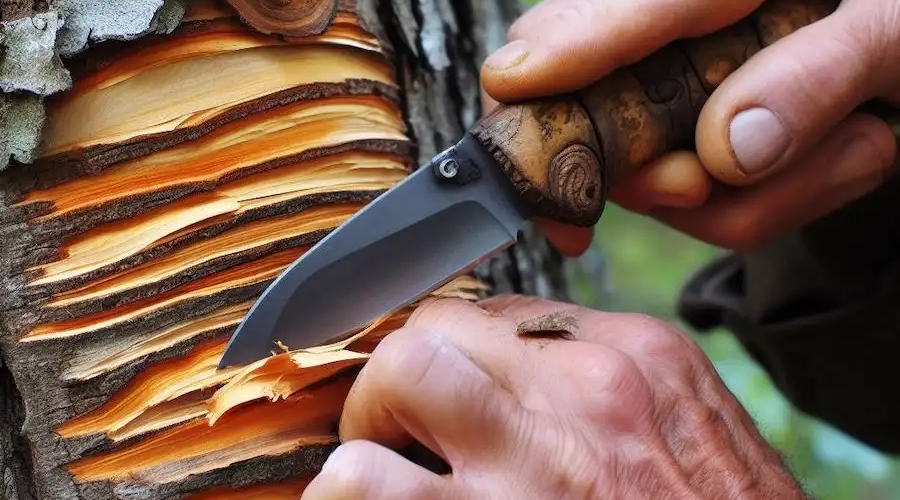Tree propagation, the process of increasing existing trees, is an important skill for gardeners, orchardists, and horticulturists. This article looks at various methods, including air layering, grafting, and others, to equip you with diverse and effective tree propagation techniques.
1. Air stratification
Creating an air layer is similar to taking cuttings, but the cutting remains attached to the mother plant until it takes root. This method is suitable for a variety of plants, including tropical houseplants and fruit trees such as apple and citrus trees. The benefits of air layering include providing a continuous supply of moisture to the mother plant and quickly producing large specimens. The best time to air layer is either in spring or mid-summer, using shoots from the previous year or the current year. This involves making a slit in the stem, inserting a toothpick to keep it open, adding rooting hormone, and wrapping with moist peat moss and plastic wrap. It typically takes one to three months for roots to emerge before the new plant can be separated and potted.

2. Grafting under the bark (bark grafting)
Bark grafting is a relatively simple technique that does not require any special tools. It is suitable for branches from 2.5 to several centimeters in diameter. It involves drilling slits in the bark and preparing the scion (the grafting material) with one long and one shorter cut to facilitate insertion. The scion is then inserted into the slits and secured, possibly with nails or tape, and the graft is protected with wax. This method is typically used for top-dressing established plants and changing varieties in orchards without planting new trees.
3. Other propagation methods
- Cuttings : This traditional method involves taking a small section of a tree, such as a trunk or branch, and encouraging it to take root in water, soil or a special rooting medium. Proper humidity, temperature and hormone treatments are required for successful cutting propagation.
- Layering : Similar to air layering, but in which a branch is bent to the ground and covered with soil. Roots develop along the buried section, allowing separation into a new tree. This method is suitable for plants that are difficult to root using other methods.
- Division : Used mainly for perennial plants, division involves dividing an existing plant into parts, each of which is capable of growing into a new individual. This method is suitable for plants that naturally form clumps or colonies.
- Micropropagation (tissue culture) : A laboratory-based method that involves growing plantlets from small plant tissues in a nutrient-rich medium. This method is ideal for mass production of plants and is used for rare or endangered species and disease-free plant production.
- Stolon, rhizome, bulb and tuber propagation : These less common methods use plant parts such as stolons (above-ground stems), rhizomes (underground stems), bulbs and tubers for propagation. Each has specific uses depending on the type of plant.
Understanding these different tree propagation methods opens up a world of possibilities for creating new plants, preserving species, and enhancing gardens and orchards. Each method has its unique applications and benefits, allowing for a tailored approach depending on the type of tree and desired outcome. Whether for personal or commercial purposes, mastering these techniques can contribute significantly to successful gardening and tree-growing efforts.
Inspired by this? Share the article with your friends!

